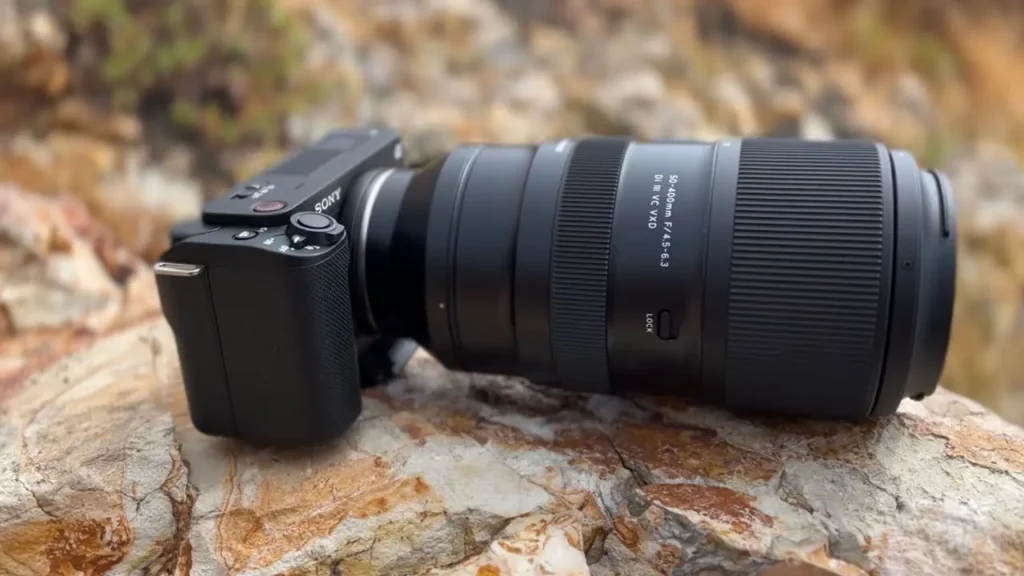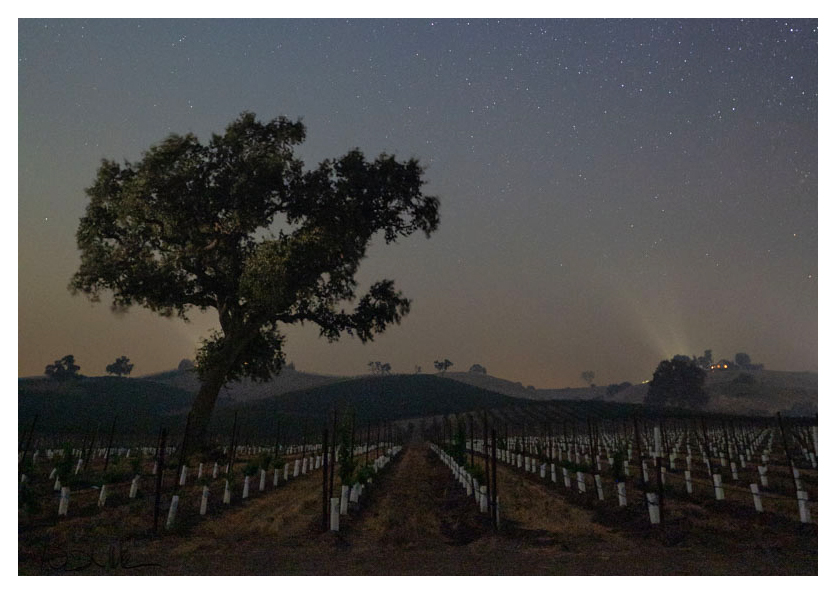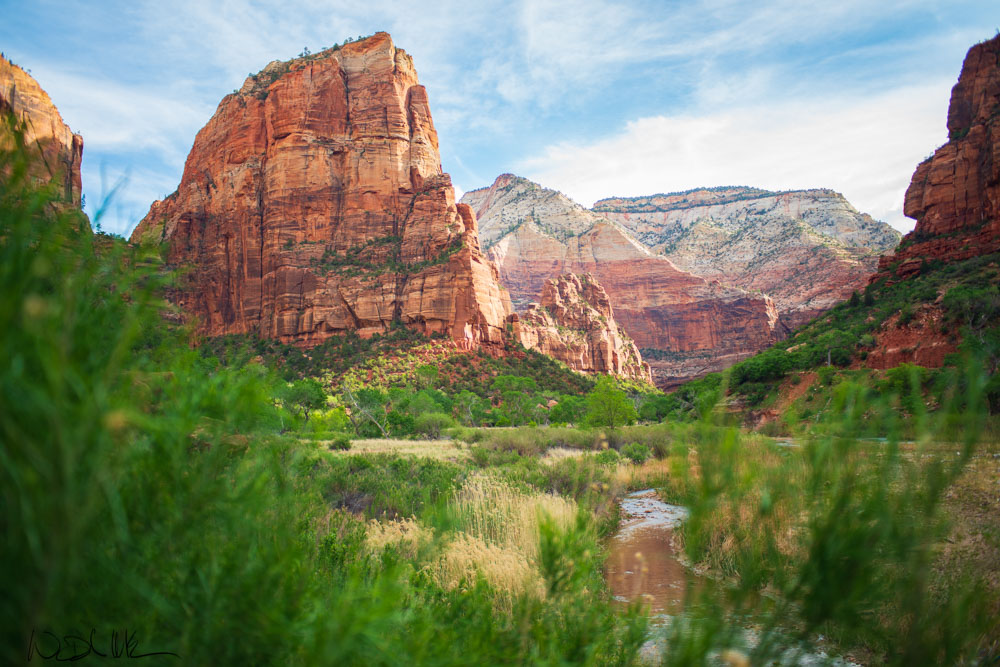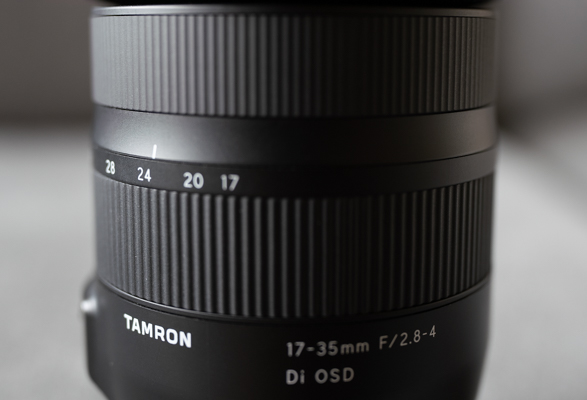In my opinion, the Sony a6700 is one of the best cameras for wildlife. It has incredible autofocus similar to the original A9 and A7R5.
It’s also affordable, lightweight, and it has a great ergonomic grip for larger lenses.
The only problem is that Sony’s only aps-c telephoto lens for wildlife is the Sony 70-350 4.5-6.3, but it also happens to be the lens I recommend for most wildlife photographers.
In this article, I rank my top lenses for wildlife in order and mention a few budget options to consider. Also check out the best telephoto lenses for the Sony a6700.
Sony 300 mm 2.8
In my opinion, there’s only one lens that truly stands out among the top lenses for wildlife, and that’s the Sony 300mm 2.8.
The main difference comes down to weight. At 3.2 lbs (without tripod mount), it’s really not a huge lens to carry compared to the 400 (6.3 lbs) and 600mm (6.7 lbs).
It’s half the size and also half the price at around $5998.
The Sony 300mm 2.8 is surprisingly lighter and shorter than the Sony 200-600mm. You won’t get near the same focal length, but if you add a 1.5x or 2x converter, you’ll pretty close.
Holding this lens felt so much better in the hands than the 200-600mm. It’s actually just slightly heavier than the Sony 100-400.
The autofocus is the fastest I’ve ever seen and it’s dead silent.
With its razor-sharp glass and an aperture of f/2.8, is particularly well-suited for capturing low-light shots during sunset or blue hour.
This is Sony’s 2nd longest lens with a f2.8, and with Sony’s aps-c sensor it becomes approximately 400mm. When holding it, I instantly fell in love with everything about it except the price.
Sony 70-350 4.5-6.3
The Sony 70-350mm is my top recommended lens for most wildlife photographers. It’s not the fastest lens nor will it be the closest, but the zoom range is the equivalent to a 100-400mm and that’s plenty good for most wildlife photographers.
This lens isn’t about speed or distance, it’s about size and weight. Its ultraportable design makes it feel small and pocketable.
I honestly think it’s the best lightweight lens for wildlife photography. It even competes well with the Tamron 50-400mm 4.5-6.3. It has a similar focal length and a similar aperture.
The reason I shoot with aps-c is for saving weight, and this lens is by far the best lightweight telephoto zoom for Sony. It has great autofocus and it’s sharp. What more could you ask for.
Tamron 50-400 4.5-6.3
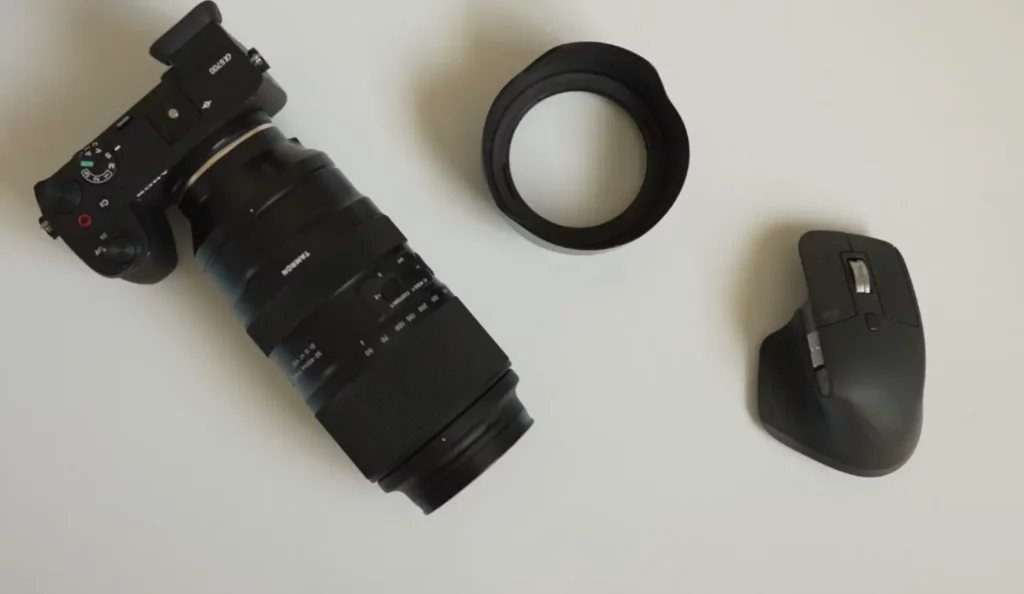
The Tamron 50-400mm is for the photographer who needs a aps-c focal length of 600mm. With the 1.5x crop factor on the a6700 you’ll get almost 200mm more out of this full frame lens.
Few wildlife photographers need a longer focal length. The Sony 200-600 doesn’t offer much more aperture improvements over this lens and both lenses are similar in sharpness.
This is actually the lens that I currently use the most because it’s so versatile. I can use it both with my full frame and aps-c camera bodies, and that extra wide end (50mm) makes it great for including more of the background.
I’ve been using this lens for the last 8 months and It’s perfect for my needs, but if I was primarily shooting with aps-c I’d probably just use the Sony 70-350mm.
Sony 100-400 4.5-5.6
The Sony 100-400 is another great lens with better autofocus and a faster maximal aperture than the Tamron Equivalent. You’ll notice more accurate images with this lens and better low light performance.
The weight differences between the Sony 100-400 and Tamron 50-400 are minimal with the Sony version slightly heavier. This truly is a great lens for wildlife and the only major con is the price.
At around $2000 it’s twice the price of the Tamron 50-400, and I wouldn’t say it’s twice as good.
If you can’t afford the Sony 300mm 2.8, but you need something with better low light performance, this would be my next top choice.
Sony 200-600 4.5-6.3
Every dedicated wildlife photographer should have the Sony 200-600. Compared to the Sony 100-400 the difference is negligible when it comes to autofocus and sharpness. This lens really is incredible and the only con is the size.
For a lens of this size, the weight isn’t a huge deal, but you won’t want to lug it around for long backpacking trips.
The only reason I haven’t purchased this lens is because I don’t see the need with the 1.5x crop factor of the a6700. The fact that I can get a 600mm focal length out of the Tamron 50-400 in a smaller size makes that lens much more feasible for my needs.
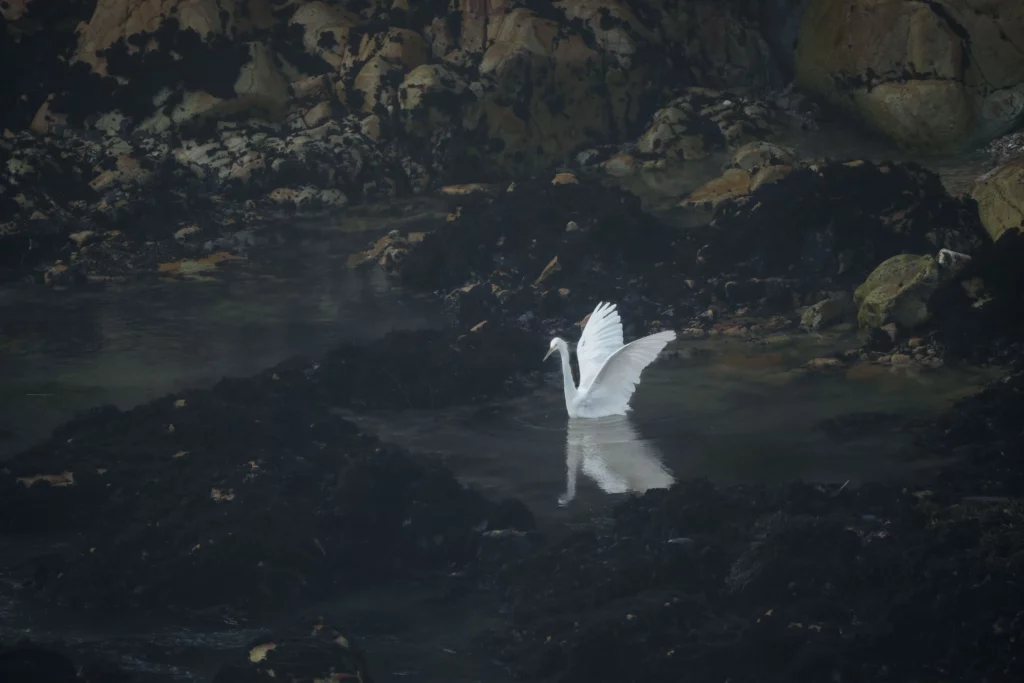
Aside from weight, the 200-600 is a much better lens in every way. It’s faster, has better autofocus, it’s sharper, it has internal focusing, and a shorter zoom throw.
Zooming with the 200-600 feels like focusing. There’s hardly any drag and it feels much more premium than any 3rd party lens,
If you need maximal reach and speed, the Sony 200-600 is the one to get.
Sigma 150-600 4.5-6.3
The Sigma 150-600 is another interesting lens for wildlife photography. The size of this lens is slightly shorter than the Sony 200-600, but they really aren’t that differet from one another.
This lens has good autofocus, and it’s sharp, but I’m not a fan of it because it’s too similar to Sony 200-600.
It’s similar in size, weight, length, aperture, and focal length with only a few subtle differences. It’s even simliar in price around $1400 with a cost savings of $300 over the Sony 200-600.
I honestly don’t see a great compelling reason to get this lens of the Sony 200-600mm. The sony is sharper, has better autofocus, and it’s native for only a few hundred dollars more.
Best Budget Lenses
If you’re on a budget, the best wildlife lenses for the Sony a6700 are the Sony 70-350mm, Tamron 50-400mm, and the Tamron 18-300mm.
I currently shoot with the Tamron 50-400mm, and while it’s a fantastic full frame lens, I prefer the Sony 70-350 for its shorter size and weight.
However, if you’re looking for something that offers better low light performance consider the Tamron 70-180 f/2.8. This lens is going to give you much better low light shooting during the early morning and evening hours. It’s also incredible fast and sharp.
Manual Focus
If you want even more range and you don’t need the sharpest lens, consider the Tokina 600mm or 900mm. Both these lenses are considered reflex lenses and don’t usually have the best sharpness but they’re still an incredible value.
The 600mm is only $400 and the 900mm is $500. Keep in mind your aperture is f/8 on the 600mm and f/11 on the 900mm. You also don’t have any in-body image stabilization. So it’s not the best for low light situations, but it’s a pretty good deal for everything else.
Summary
To sum it up, if I only had only one lens for wildlife on the a6700 it would be the 300mm 2.8 paired with a 1.5x teleconverter. It’s the fastest and sharpest lens for wildlife photographers.
It’s also perfect for those light conditions, and that’s the single reason why I would get this lens over the Sony 70-350.
I hope this was helpful. Subscribe below to learn more photography tips and tricks.

